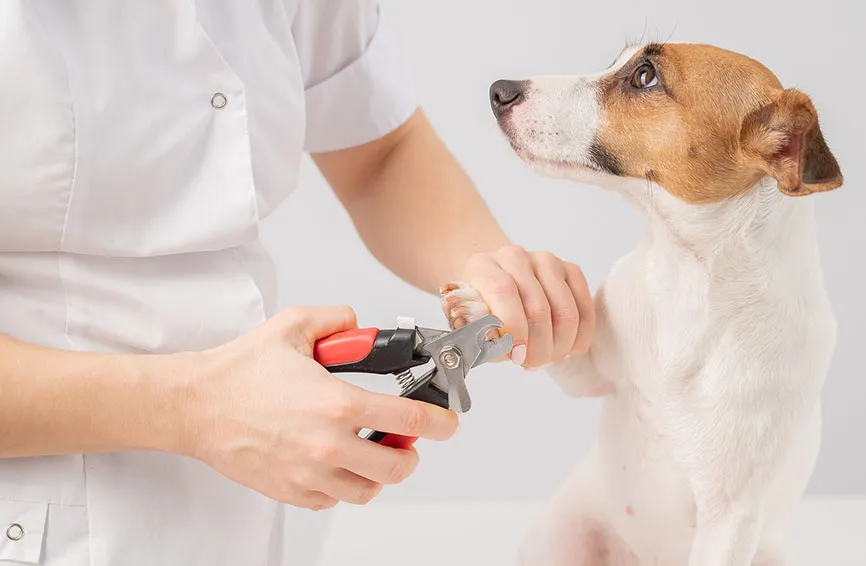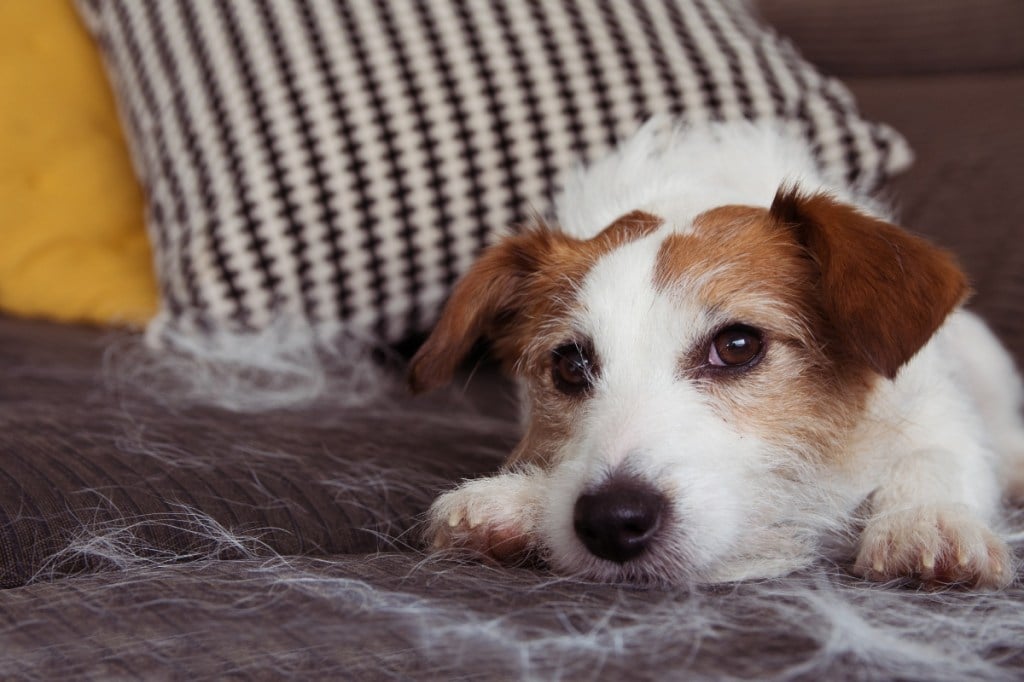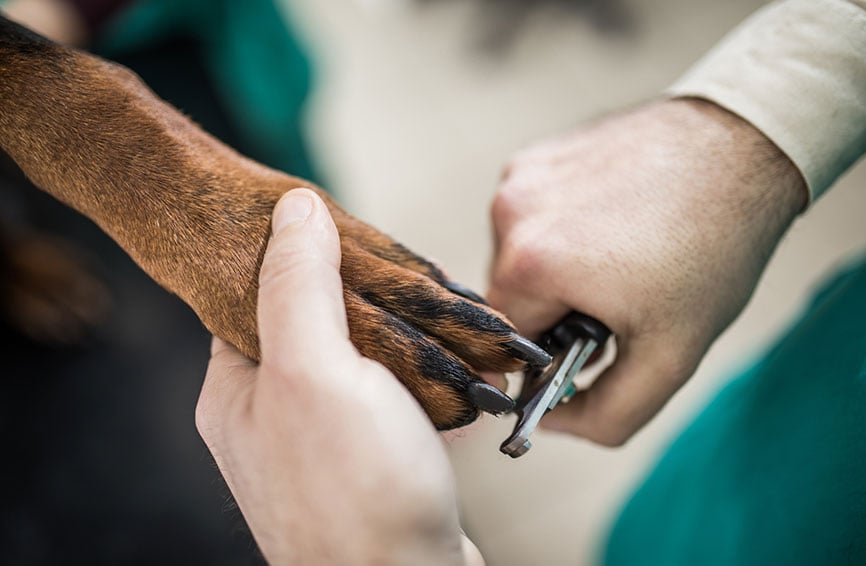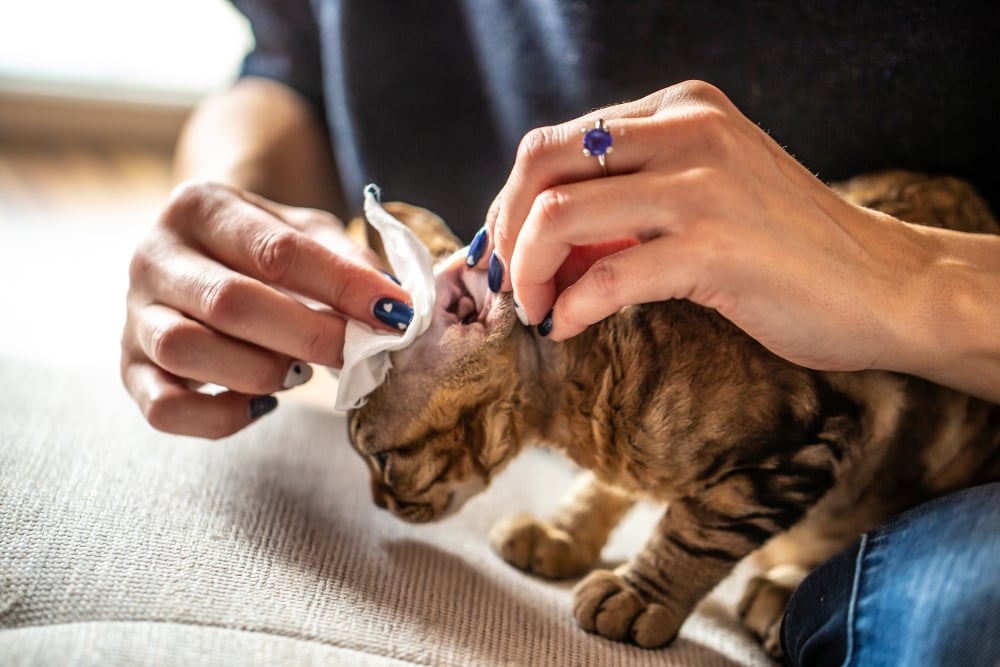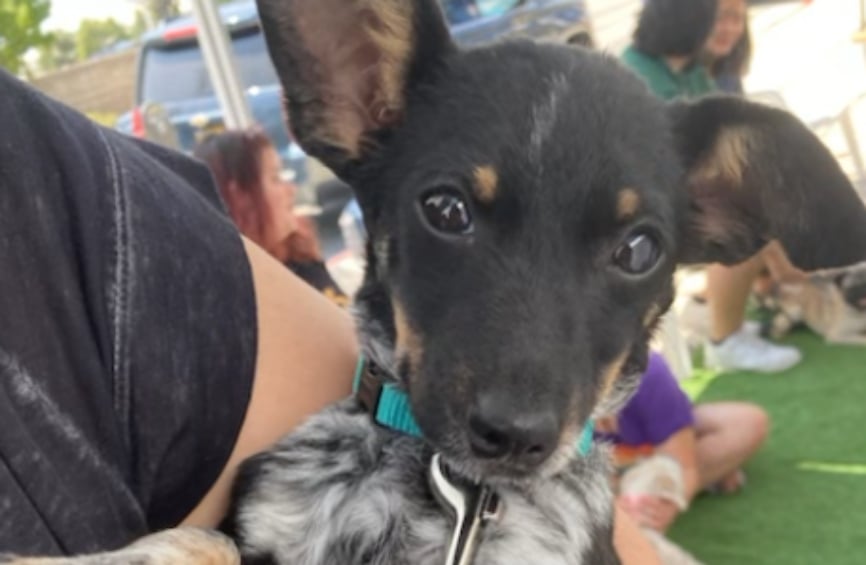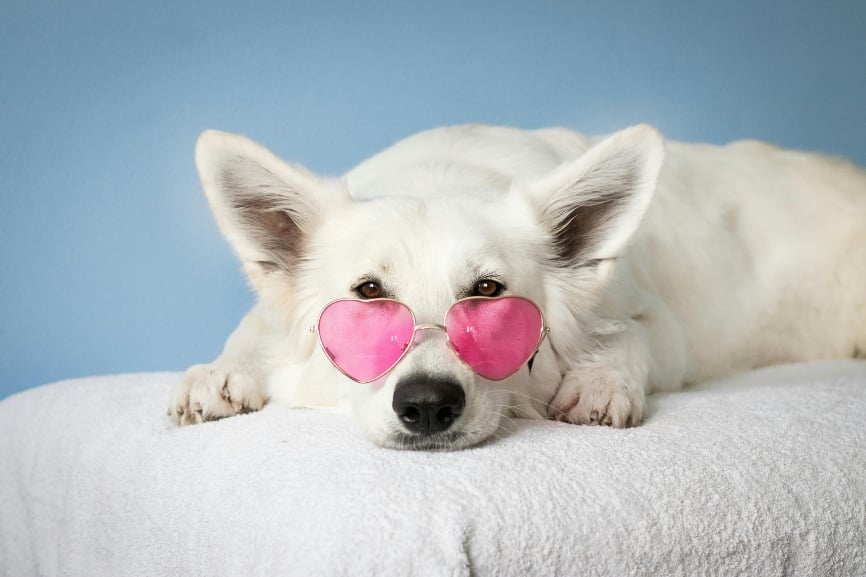Key Takeaways
- Grooming is essential to pet health and an opportunity to check for medical issues.
- There are different kinds of clippers to use for pets’ nails.
- You may need to restrain your pet to clip the nails.
- We provide helpful tips here for using guillotine and scissor clippers.
- Hire a professional groomer if you don’t feel comfortable clipping your pet’s nails.
Table of Contents
Grooming your pet is essential to their health; it offers an opportunity to inspect them for any abnormalities and can prevent many medical issues from arising. Clipping a cat or dog’s nails can prove a bit tricky at first, but eventually, both you and your pet will get used to the process. Some pets or pet parents may feel uncomfortable with this grooming procedure, but this is fairly normal. Taking your pet to a professional groomer can remedy this issue.
Tools
There are multiple types of trimmers you can use to clip your pet’s nails:
- Guillotine clippers
- Scissor clippers
- Human nail clippers
For both cats and dogs, guillotine nail clippers are best, as they prevent nails from splitting and their sharp blades encircle the nail, giving a clean cut. Human nail clippers work for young cats. The scissor clipper is for animals with nails that are curling into circles where the guillotine clipper cannot be fit around the nail.
Restraining your pet
Most animals don’t like having their claws clipped and may wriggle around, making the job difficult. Calmly and firmly restraining your pet is important for both their safety and your own. You should also work up to it slowly.
For cats and small dogs, place the animal in your lap on its side with their paws facing away from you. Place your forearms securely over the neck and rear legs, holding the clippers in your right hand. Some animals may allow you to sit them in your lap with their belly and paws facing outwards. Holding your forearm over their chest under the front paws works to restrain them.
Larger dogs should be laid on a table or raised surface on their stomach. You should stand on the side of the table opposite to the claws you will be clipping, with your arms and upper body firmly placed over the dog. Keeping your forearm gently but securely over your pet’s neck while clipping the front claws to prevent the animal from raising its head. Laying your dog on his or her side may also work for squirmy pets; restrain your dog’s head with your left forearm and hold the paw you are clipping with your left hand, clipping with your right.
It may be helpful and easier to have another person with you to calm the animal or help you restrain larger pets. Try to keep your cat or dog calm at all times, praising them and petting them after every completed paw. Giving your pet treats after the ordeal may help cheer them up. It’s essential that clipping your pet’s nails not be a traumatic or stressful procedure; this will make further grooming sessions more difficult.
Using guillotine clippers
- Hold the nail clipper in your right hand (or left, if you are left-handed) with the flat stationary handle on the top under your thumb and the springy curved handle facing downwards in your fingers.
- Place the ring of the guillotine clippers around your pet’s nail with the handles pointing either straight up or straight down; cutting from the side can cause the nail to split or tear. The blade of the clippers and the flat handle should be facing towards you, not the animal.
- Cats claws retract; gently squeeze on the animal’s toe to reveal the claw. The quick is the pink area of nerves and blood vessels, easily visible in animals with light-colored claws. You should cut no closer than 2mm away from the quick; if nicked, the claw will begin to bleed, causing the animal pain. Styptic powder or pressure with a towel can be used to stop the bleeding.
- Squeeze the handle to move the blade up, cutting the claw. If your dog or cat has dark-colored nails, clip them in several cuts. When you begin to see a grayish-pink oval appear in the nail, you are approaching the quick.
- Cut all four claws on your pet’s front and back paws as well as their dew claws.
Using scissor clippers
- Grasp the animal’s paw firmly, holding the clippers in your right (or left) hand at a right angle to the nail.
- Cut approximately 2mm from the quick by squeezing the handles together firmly. If your pet has dark claws, trim them in several small cuts to prevent hitting the quick.
- Cut all four claws on your pet’s front and back paws as well as their dew claws.
While some animals may be perfectly fine having their claws clipped by a pet parent, others require professional attention and may even have to be muzzled. If you do not feel comfortable clipping your pet’s nails, take them to a professional groomer! Ingrown or split nails can be painful to the animal and may even become infected. Grooming your pet at home takes practice and time, but it will keep your pet healthy.
